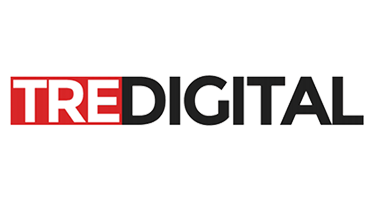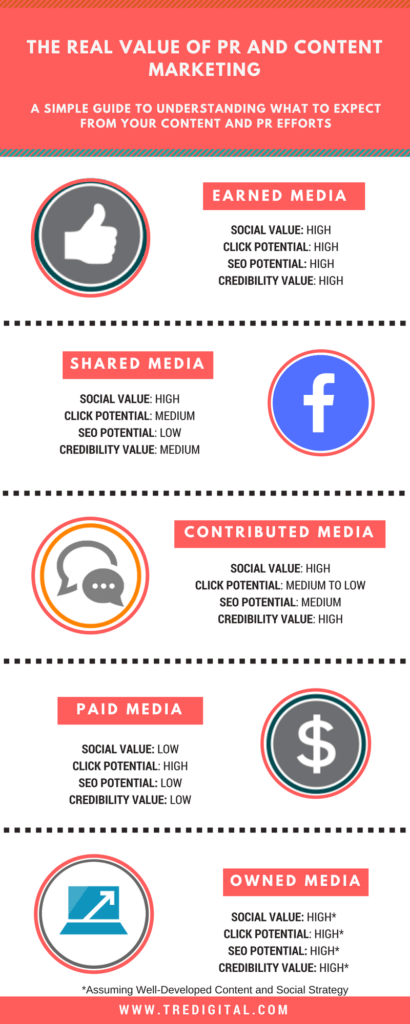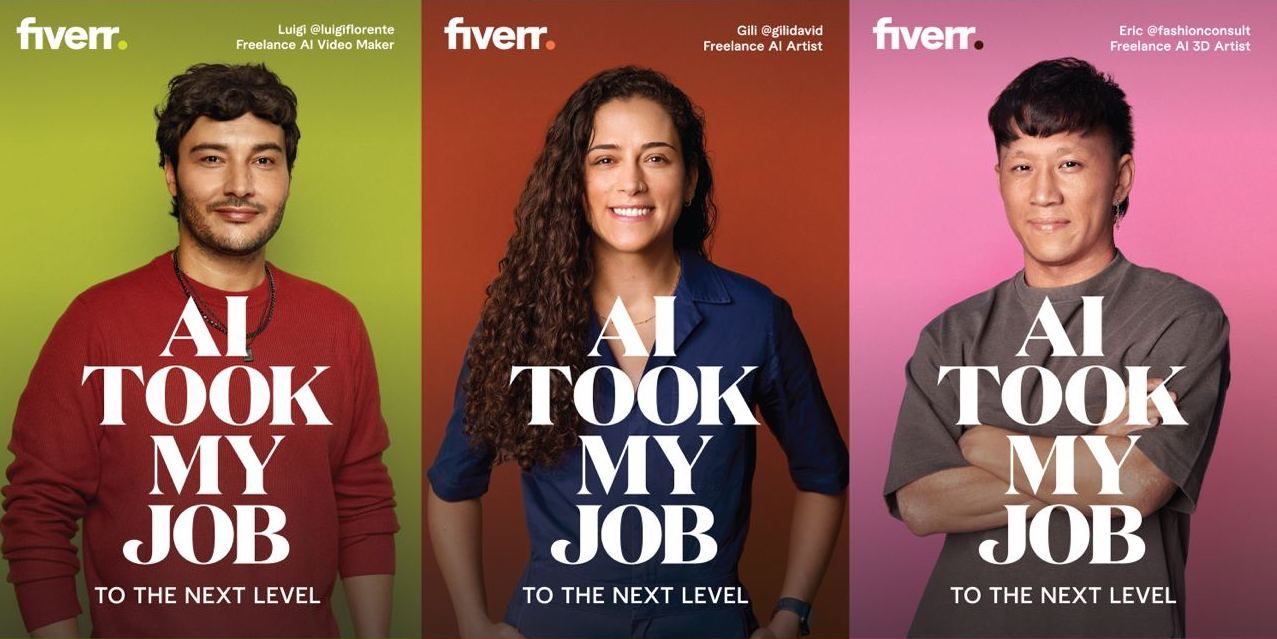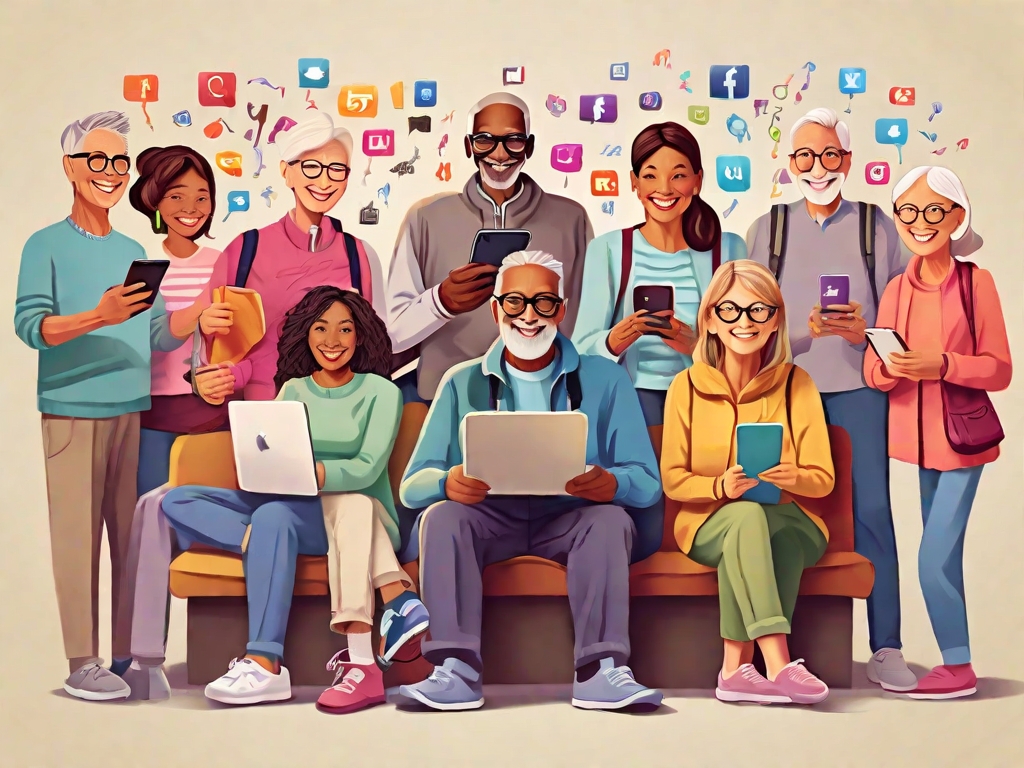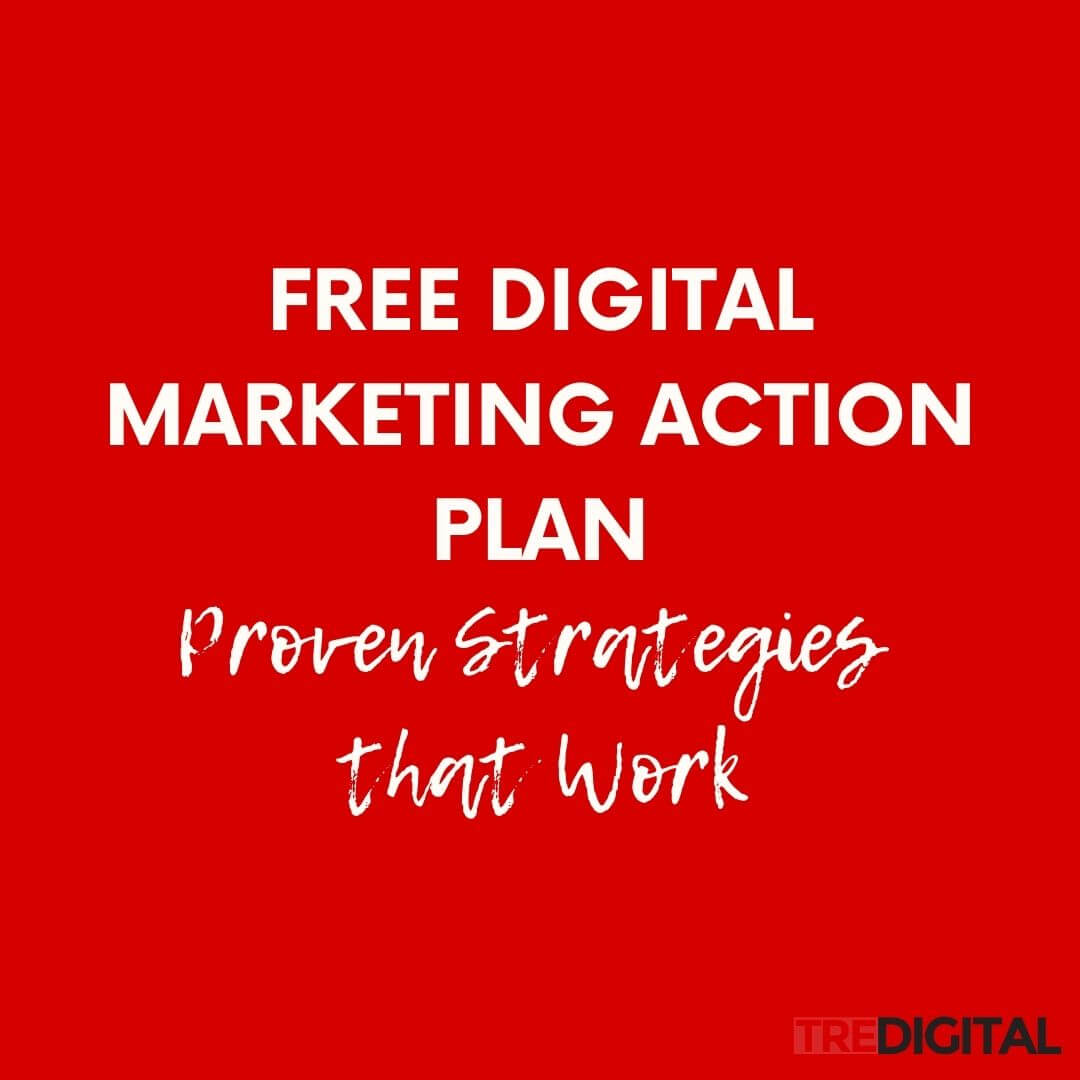I had a great conversation about the Marketing and PR Industry with one of the top PR mavens. In addition to changes to these channels, we discussed the impact these have on SEO.
As always, I learned a lot about the traditional perspective on high-value PR. It also made me realize that the PR and content marketing disciplines are frequently mislabeled and misunderstood, both outside of the marketing industry and on the inside.
When I Google PR definition, I stumbled on the 31 definitions of the Public Relations term. Given so many definitions, confusion about PR is hardly surprising.
In the simplest definition of it, Public Relations is a strategic communication process of managing relations between a brand and its audience (aka public).
In essence, Public Relations is the art of crafting and mastering human connection with the brand.
PR’s focus is on elevating the brand as the ultimate center of their audience’s trusted experiences. It takes the brand’s relationship with its customers to the next level.
Successful PR strategy unifies standalone marketing channels and strategically taps into each of them to carry out the ultimate mission of establishing brand credibility and engaging the audience.
Branding, content marketing, email marketing, and social media strategy all become vehicles of PR.
However, the lack of clarity creates false expectations of what success looks like.
The PR and content marketing functions are further “dumbed-down” by the turn-key solutions and thousands of blogs on how to “hack the PR game” (I am guilty of writing these as well!).
Startups and emerging brands frequently equate PR with a mention in a top-tier media publication. While a Forbes feature does help with the brand’s credibility, it is not the “be all, end all” goal of Public Relations.
PR is more of a marathon than a race. The true value you gain from engaging in a PR process is sustainable credibility. The credibility that is gained over time. It may not always translate into an immediate lead generation or traffic gain.
Table of Contents
ToggleHow PR and Content Marketing Work Together
Public Relations term is used interchangeably with other industry terms. All of these are subsets or play a role in the overall PR strategy. But they also have distinct characteristics and the value of each is vastly different.
First, let me take a look at the definitions:
Earned Media is a PR method that earns you free publicity without paying for content placement or advertisement.
It ranges from a mention in Forbes to a piece of high-value content shared via Word-of-mouth or Social Media (also referred to as Shared Media). The goal of Earned Media is to deliver value. While it does mention the brand and may link to its website, Earned Media is non-promotional in nature.
Contributed Media (or guest blogging) is a practice of placing original content on a 3rd party site or blog. It is a subset of Earned Media, where the brand acts as a journalist.
An article written for Forbes by a brand is an example of Contributed Media. Similar to Earned Media, the content will be educational rather than promotional.
Many “new age” PR agencies provide a “Pay to Play” model of placing your Contributed Articles into Top outlets. Do not confuse these with Paid Media and Promoted Content.
Paid Media and Promoted Content is a tactic that targets paid inclusion on a 3rd party website, blog, or publication. According to the FTC guidelines, paid content must be clearly labeled. It typically appears below the fold. Many top-tier publications do not allow Paid Media.
Content Aggregators are platforms and networks that compile information from different sources, including paid media and promoted content.
Content Syndication Networks (Outbrain, Taboola, and others) place content on established media sites to bring traffic back to the original brand. These serve as a content delivery mechanism for paid media.
Content Marketing is the creation, publishing, and promotion of unique high-quality content. Successful Content Marketing efforts are always tightly aligned with PR.
In addition to earning credibility and engaging audiences in a conversation, Content Marketing also plays a significant role in direct lead generation activities.
Content Marketing efforts include Original and Curated Content.
Original Content is unique content created by a brand. It serves the purpose of showcasing the brand’s customer experiences, knowledge, and capabilities.
Curated Content is content aggregated from other sources in support of the original content created by brands.
Owned Media is content distributed via the brand’s own channels: website, blog, or email. Owned Media is one of the PESO Model Spokes (PESO stands for Paid, Earned, Shared, Owned Media).
The Real Value of PR and Content Marketing efforts
This takes us to the second part, understanding the impact PR and Content Marketing efforts have on your success.
Depending on the campaign your metrics may be different. For the sake of comparison, I created 4 categories of metrics that serve as success indicators for brands or influencers.
These success indicators are:
Social Value
Social Value is the impact of top-tier Social Media mentions on your own Social Media Presence. It is measured via audience growth and engagement on your Social profile.
Click Potential
Click Potential is the likelihood of the media delivering an immediate click to your website (or promotion). It is measured via clicks to your website coming from your target audience.
SEO Value
SEO Potential is the ability to drive traffic to your website long after the initial click. It is measured via volumes of referral traffic. It also impacts your page and domain authority via the value of the high-quality backlink.
Credibility Potential
Credibility potential is the long-term impact on your credibility score. You will measure credibility via an increase in high-level industry mentions, organic earned media, referring links, invitations to speaking engagements, and overall level of brand recognition.
Earned Media, especially a mention in top tier media blog, has high value across all 4 categories.
A mention in Forbes will likely result in significant growth in your social audience. It typically brings an immediate flood of Social Mentions. The link back you earn from the top-tier media may have 100x more value than a regular backlink. It typically results in a significant traffic spike around the time of the publication. You also earn the “bragging ” rights by placing the “as seen on” badge on your website.
Caveats:
Some publications use the “no follow” URL method. This means that they do not pass “SEO” backlink juice to your site.
If the publication does not have a well-developed digital footprint, you may still benefit from the credibility boost. However, the impact on SEO or traffic may be lower.
Shared Media, or Social Mention by one of the top publications, has high immediate value.
If Entrepreneur Magazine mentions your brand, you will likely see a lot of new followers and mentions on Social Media. These new followers may click on your website and engage in the conversation. Social Media moves fast. Share Media will likely result in medium to low impact on your SEO and Credibility.
The best way to capitalize on the Shared Media win is to create processes that will convert your one-time website visitors into leads via Content Marketing practices.
Contributed Media, or a guest blog for a top publication, scores high in a long-term strategic value category.
Writing for an established publication, scores high in the credibility and social value categories. However, the SEO and website clicks can be lower. Many publications use the “no follow” method for the links in the Contributor bios. Since you are not allowed to self-promote, you miss out on an opportunity of a high-valued backlink.
Paid Media, or distributing Promoted Content via Syndicated Content network, scores low across most categories.
It has one purpose and one purpose only: bringing traffic back to the original site.
Since paid media is clearly labeled on the publisher site, with few exceptions, it does not earn you credibility or social shares.
It also has a very low impact on your long-term SEO. You are paying for each of the clicks. Carefully, consider your ROI model to see if other forms of paid advertising may bring better results.
Owned Media, or placing original content on your own site, has the potential of scoring high in all categories.
I say, potential, as success is highly dependent on the size of your audience, the quality of content, the strategic focus. If you have a well-thought-out content strategy, your original content (aka Owned Media) can generate significant results for your brand.
